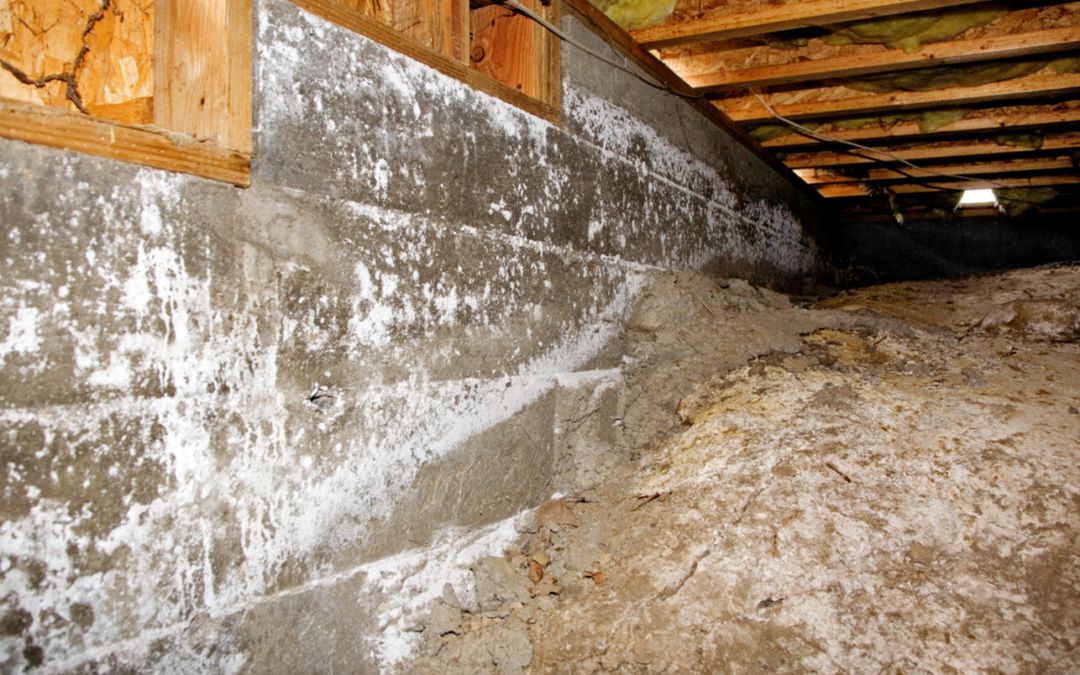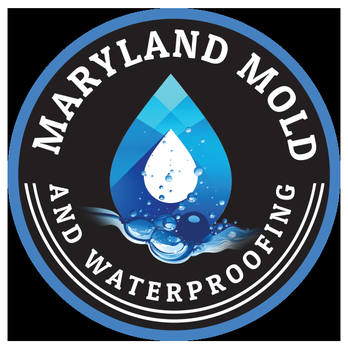In the Mid-Atlantic, homeowners are more likely to have access to a full or partial basement than a crawl space. As a result, many Maryland homeowners don’t know what to expect from a crawl space foundation.
A well-constructed and maintained crawl space will protect your home from groundwater. When cracks form and moisture seeps in, you’re very likely to have a mold problem on your hands.
Mold in crawl spaces doesn’t always get noticed right away. It’s important to check your crawl space often and to act fast if you do see mold beginning to form. Read on to learn more about how to identify potential issues and when to call the professionals.
Types of Mold in Crawl Space
You may wonder what kind of mold can grow in a crawl space. While many homeowners aren’t exactly mold experts, most know that the presence of black mold is a cause for concern.
The truth is that there are thousands of subspecies of mold and you don’t want any of them growing in your home. All these subspecies need the same conditions to thrive: dampness.
While you can invest in tests to determine the exact type of mold in your crawl space, it’s not a requirement to move forward. As long as you invest in professional mold remediation, you can rest assured that the problem will be taken care of.
Signs of Mold in Crawl Space
Chances are, you don’t visit your crawl space often. While some crawl spaces can provide a small amount of storage, they’re not the most inviting places. While we do encourage you to inspect your crawl space at least once every few months, there are other signs that you may have mold in your crawl space that you may notice throughout your home.
Water Stains
Without a proper seal, the moisture in your crawl space can spread to other areas of the home. In the rooms above your crawl space, you may start to notice water stains on the baseboards and floors. If moisture is present enough to leave behind stains, there’s a good chance that mold will soon follow.
Discoloration
Because there are so many subspecies of mold, it’s important to take note of more than just the black discoloration indicating black mold growth. You may also notice white, grey, or green splotches throughout your home. Often, this discoloration is most notable on insulation and white or light-colored walls.
Musty Odors
Mold carries a signature earthy smell that can become quite strong as the growth increases. You may notice that earthy, musty smell coming from the entry point to your crawl space, the rooms above your crawl space, and your vents. In some cases, mold creates a foul odor that smells more like rotten organic matter or sewage.
Warping and Decaying
The same moisture that can cause water stains may also cause wood to warp or decay. You may notice that wood flooring above your crawl space is starting to bend or contract. Moisture can cause beams and joists in your home to rot or decay.
Health Problems
Mold doesn’t just present a threat to your home and the materials in it. When mold makes its way into your indoor air, it can exacerbate health problems like allergies and asthma. Members of your household may notice itchy eyes, runny nose, coughing, congestion, and difficulty breathing.
What to Do About Mold in Crawl Space
If any of these signs sound familiar, the next step is to perform a visual inspection of the crawl space. If you notice clear signs of mold or excess humidity, there’s no time to lose. Take a look at the steps to take if you have mold in your crawl space.
Professional Mold Removal
If your mold problem has reached a point where you can see it, there’s a good chance that there’s more growth in places you can’t see. For example, mold can take root inside of walls and insulation, under floorboards, and even in textiles like carpets and curtains.
Mold remediation is a thorough process that combines cleaning with mold removal and restoration. Professionals can determine what materials are salvageable and what requires replacement. While they’ll focus their efforts on the crawl space as the source of your mold problem, they can also address other areas in the home that have sustained mold damage.
Mold Growth Prevention
There’s little benefit to removing mold from a crawl space if you don’t do anything to prevent it from returning. As we mentioned earlier, mold needs moisture to thrive. If your crawl space has mold growth, this is an indicator that your foundation is no longer waterproof.
The best way to prevent future mold growth is to install a vapor barrier in your crawl space. Vapor barriers are thick sheets of plastic that professionals can install along the entire crawl space floor and up the walls. These sheets prevent water from seeping into the crawl space and eliminate humidity and the threat of future mold growth.
Can You Remove Mold From a Crawl Space Yourself?
Many homeowners hope to remove mold using DIY methods or store-bought cleaners. While these methods may work for small patches of mold in accessible areas like sinks or bathtubs, they’re not ideal for complex rooms like crawl spaces.
Oftentimes, DIY methods only remove (or even disguise) visible mold growth. Because mold spreads easily through difficult-to-access or unseen areas, like walls, professional intervention is necessary to ensure that all spores are wiped out and the problem won’t return.
Call Maryland Mold and Waterproofing for Mold Remediation
If your Maryland home has a crawl space, don’t neglect it. Though this area of your home isn’t as accessible as a basement, it still serves an important function and can develop serious problems. Mold in crawl spaces is one of the biggest problems homeowners face and when you have a mold problem, you want to act fast.
Maryland Mold and Waterproofing is proud to provide mold remediation, waterproofing, and foundational repair services throughout the state. Request a free estimate for your crawl space today!
John Rivers is the guiding force behind Maryland Mold and Waterproofing, specializing in comprehensive waterproofing and mold remediation services. With a focus on protecting buildings from the damaging effects of water and mold, John has established the company as a leader in creating safe, dry, and healthy living environments. His commitment to using advanced techniques and materials ensures effective solutions for every project. Maryland Mold and Waterproofing is dedicated to educating clients on the importance of moisture control and mold prevention, offering expert advice and services to address and prevent these issues effectively.



